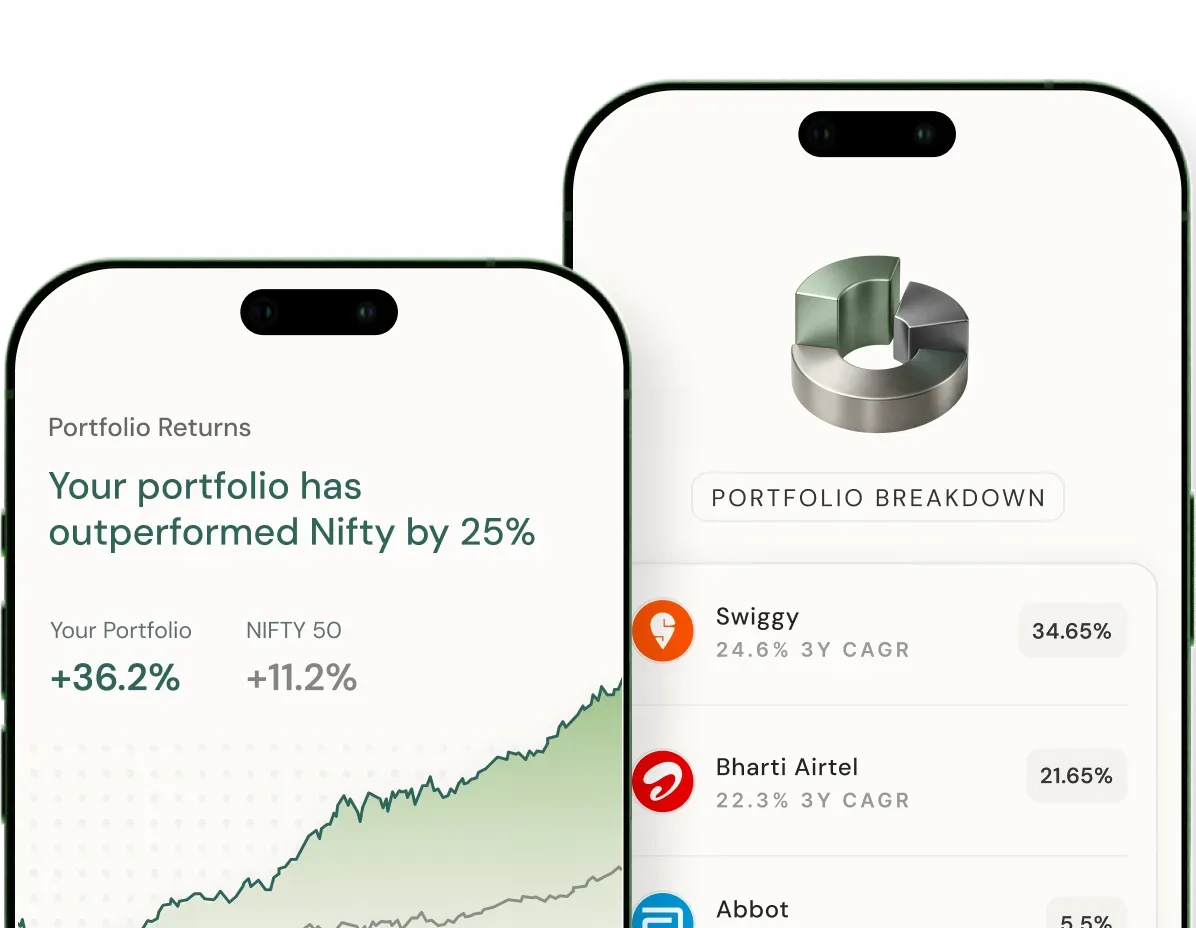Table of Contents
View All ![]()

View All ![]()
Stop Loss Order Overview
How to Use a Stop-Loss Order
How a Stop Loss Order Works
Types of Stop-Loss Orders
Stop-Loss Order Vs Market Order
Advantages and Disadvantages of Using a Stop-Loss Order
Conclusion
Have you ever worried about sudden market movements eroding your investments? A stop-loss order can be your safety net. It’s a tool that helps you automatically sell an asset when it reaches a pre-set price, minimising potential losses. By setting clear boundaries, you can protect your investments without having to monitor markets constantly.
Whether you’re a beginner or an experienced investor, knowing how stop-loss orders work can make a big difference in your trading strategy.
A stop-loss order is a trading strategy designed to limit your losses in case the price of a stock or asset moves against you. It works by setting a specific price at which your broker will automatically sell your asset.
For example, if you own stocks valued at ₹500 and set a stop-loss order at ₹450, the stock will be sold if its price falls to ₹450. This prevents further loss if the price drops even lower.
Stop-loss orders are especially helpful in volatile markets where prices can swing quickly. They let you exit a trade with minimal damage, saving you from emotional decision-making during market fluctuations.

A stop-loss order is a risk management tool that helps investors limit potential losses in the stock market. It automatically sells a security when its price reaches a predetermined level. Here’s a step-by-step guide on how to use a stop-loss order effectively:
1. Understand What a Stop-Loss Order Is
A stop-loss order is designed to limit an investor’s loss on a position in a security. If the market price hits the stop price, the stop-loss order turns into a market order to sell the security. It is commonly used to protect gains or minimise losses.
2. Choose the Right Stop-Loss Percentage
When setting a stop-loss, choose a percentage of loss you’re willing to tolerate. A typical range is between 5-10% below the purchase price, but it can vary based on your risk tolerance and the volatility of the stock. For example, if you bought a stock at ₹100 and set a stop-loss at 10%, the order will sell if the price drops to ₹90.
3. Place the Stop-Loss Order
You can place a stop-loss order through your brokerage platform. During order placement, you’ll need to specify:
4. Monitor Market Movements
Once your stop-loss order is in place, monitor the market. If the price of the asset drops to your stop price, the order will automatically execute. However, in highly volatile markets, the price may move past your stop price (slippage), and the sale may happen at a price lower than your stop level.
5. Adjust Your Stop-Loss
You can adjust the stop-loss order at any time. If the stock price rises significantly, consider raising your stop price to lock in profits. This is known as a “trailing stop,” where the stop price follows the stock price upward but doesn’t go lower.
6. Set a Stop-Loss for Each Trade
Use a stop-loss order for each trade to protect your capital. Always remember, it’s a strategy to minimise risk, not guarantee profits. It’s an essential part of a disciplined investment strategy, especially when dealing with high-risk or volatile stocks.
Also Read: What is Pyramiding in Trading: Meaning, Types and Advantages
A stop-loss order is like a safety feature for your investments. It works by automatically selling your stock when the price drops to a certain point that you decide in advance. This way, it prevents you from losing more money if the stock price keeps falling.
Here’s an example: imagine you bought a stock for ₹500, and you don’t want to lose more than ₹50 on it. You set a stop-loss order at ₹450. If the stock’s price drops to ₹450 or below, the system will automatically sell it for you.
The process begins when you set the stop price. If the market price of your stock reaches or falls below this level, the order is triggered. Once triggered, it becomes a market order, meaning your stock will be sold at the best available price at that moment.
Stop-loss orders are useful because they act quickly and automatically, even when you’re not watching the market. However, in fast-moving markets, the final selling price might differ slightly from the stop price due to sudden changes.
By using a stop-loss order, you stay in control of your losses and avoid the stress of manually monitoring stock prices all the time.
Stop-loss orders come in different forms, depending on your trading needs:
While both stop-loss and market orders involve selling assets, they work differently.
| Feature | Stop-Loss Order | Market Order |
| Purpose | Minimise losses | Buy or sell immediately at the best price |
| Trigger | Activated when stop price is reached | No specific trigger is needed |
| Execution | Converts to market order after activation | Executed instantly |
A stop-loss order can be a helpful tool, but like any strategy, it has its pros and cons. Let’s explore both:
Stop-loss orders are essential for managing risks and safeguarding your investments. By understanding how they work and choosing the right type, you can trade confidently without constant market monitoring. Remember, every trading tool has its pros and cons, so always align your strategy with your financial goals. With stop-loss orders, you’re not just minimising losses—you’re taking a step toward disciplined investing.

A seasoned investment professional with over 17 years of experience in AIF and PMS operations, investments, and research analysis. Abhishek holds an Executive MBA from the Faculty of Management Studies, University of Delhi, and has deep expertise in securities analysis, portfolio management, financial analytics, reporting and derivatives.
Disclaimer: This information is for general information purposes only. Investments in the securities market are subject to market risks, read all the related documents carefully before investing.
Impress your coworkers with your finance insights


20 MinsMutual Funds
A Beginner's Guide to Mutual Funds in 2024

8 MinsSIPs
How SIPs Help You Beat the Market with Rupee Cost Averaging

11 MinsSIPs
SIP vs. Lumpsum Mutual Fund Returns: Which is Better?
Scan this QR to download the App

